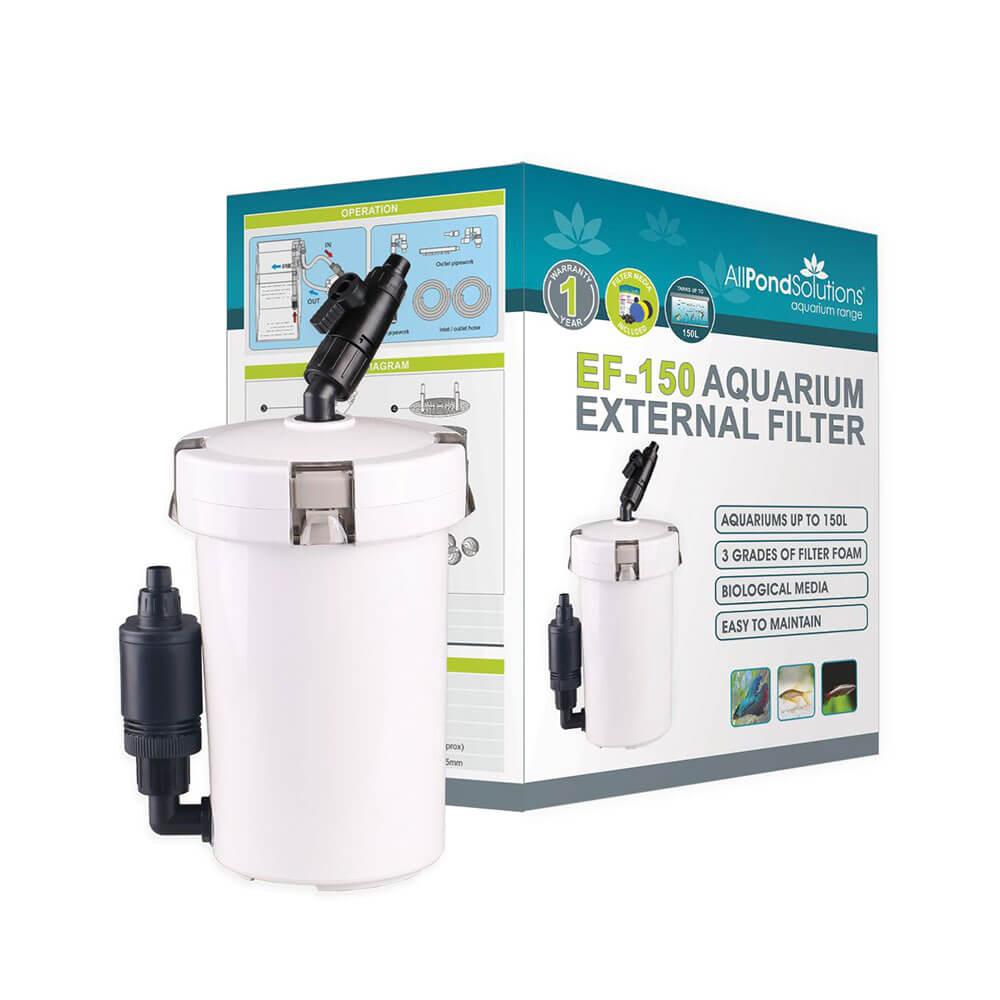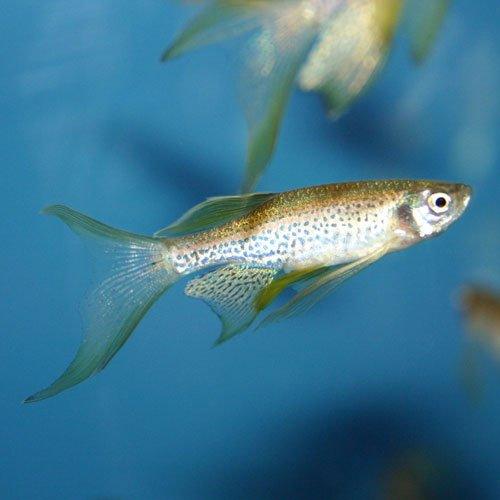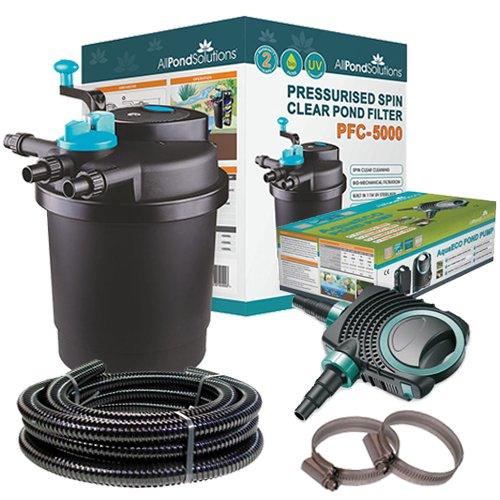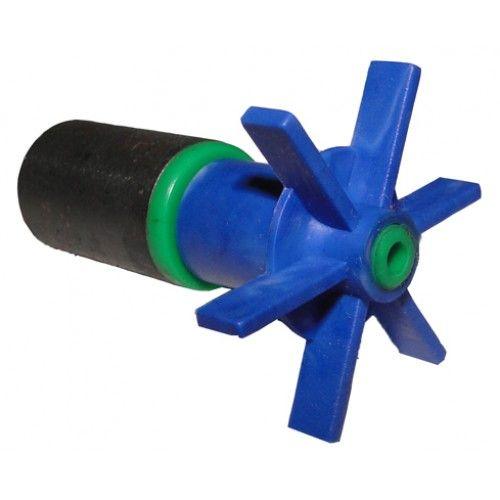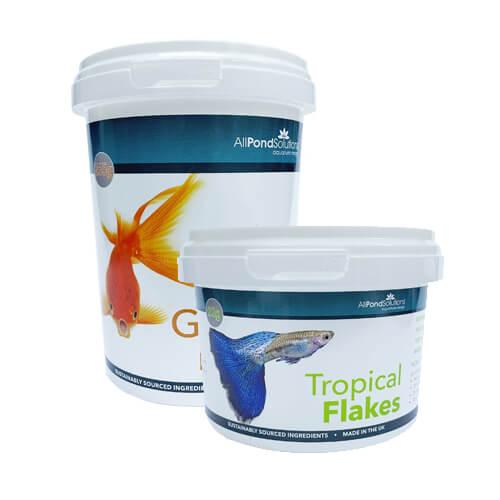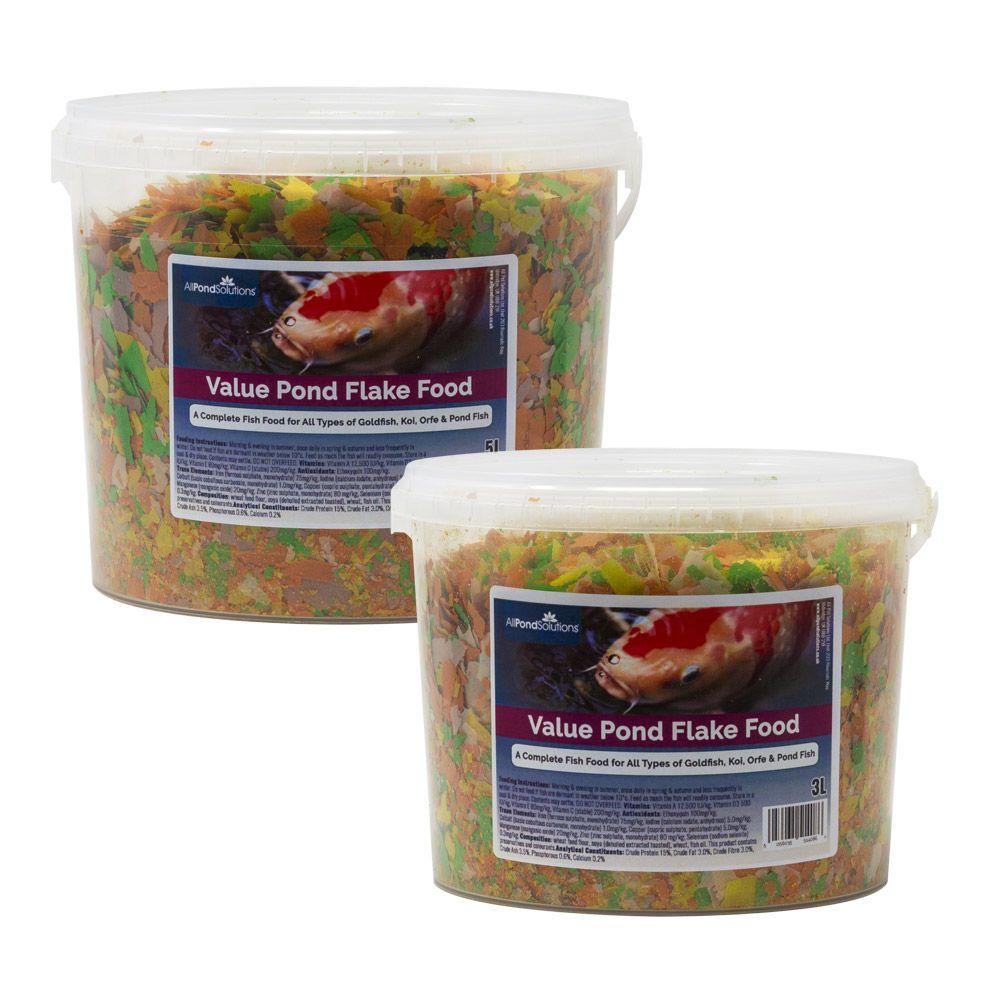Scientific Name: Brachydanio Frankel
Please note – The image used above is for illustration purposes only; Size, colour and sex may vary. Many of our livestock species are sold as juveniles and have not yet reached their full size and colour potential. If you have any concerns about the size or colour of the livestock you wish to order, please contact our livestock team via our support centre before placing your order. Due to the large quantities of livestock orders daily, the livestock team will are unable to select fish / shrimp to meet specific gender or aesthetic needs.
Approximate purchase size : 2.5 - 4cm
All Pond Solutions will always endeavour to supply as close to the approximate size range as possible. Due to variations from suppliers on rare occasions this may not always be possible. Images used are to show the full potential of the fish when fully mature and are not always representative of juvenile specimens.
How easy are they to care for?
We would class long fin leopard danio as an easy fish to care for.
How large can they grow?
6cm
Where in the world are they from?
Longfin Leopard Danio Originate from Eastern India.
What is the ideal number to keep together?
If kept in groups, the shoal is constantly active. Can be kept alone also.
What water conditions do they require?
Ideally slightly acidic water conditions are provided between 6.5pH - 7pH however they will happily live in conditions ranging up to pH of 7.5. Temperatures should range between 18-24°C.
What should you feed them?
Danio should be fed a variety of flake, frozen, freeze dried and live foods for a varied diet. Being omnivores they will happily accept a wide range of foods.
How compatible are they with other fish?
Longfin Leopard Danio are peaceful community fish and are generally accepted by a wide range of tank mates. Be wary of pairing this fish with other species that have the tendency to nip tails.
